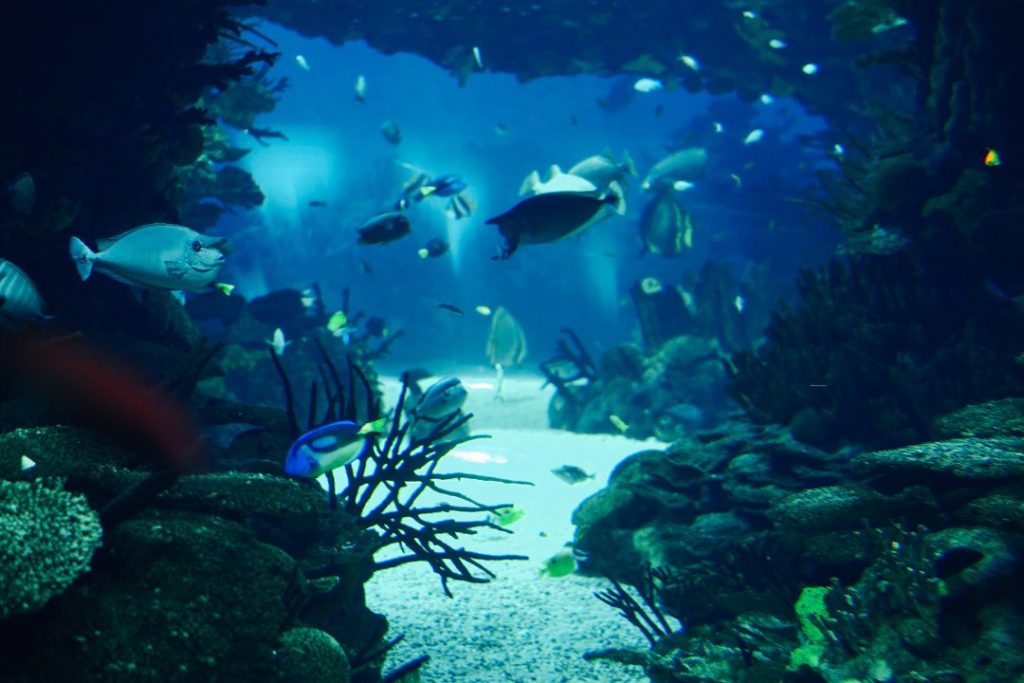
The Wonders of the Deep Sea: Exploring Ocean Life
- Lutful Ahmed
- August 16, 2024
- 7:20 pm
- No Comments
The deep sea, one of the most mysterious and unexplored regions of our planet, is home to a variety of extraordinary creatures. These remarkable beings have evolved unique adaptations to survive in the extreme conditions of the ocean’s depths. Let’s dive into the wonders of deep sea life and uncover the secrets of these fascinating organisms.
The Deep Sea Environment
The deep sea is characterized by extreme conditions: high pressure, low temperatures, and complete darkness. Located below 200 meters (656 feet), this environment is often referred to as the abyssal zone and is one of the least explored areas of the ocean. The challenges faced by deep sea creatures include:
- Pressure: At depths of over 4,000 meters (13,000 feet), the pressure can exceed 400 times that at sea level.
- Temperature: The water temperature in the deep sea hovers around 2-4°C (35-39°F), making it one of the coldest environments on Earth.
- Darkness: With no natural light penetrating this depth, organisms rely on bioluminescence and other adaptations to navigate and find food.
Remarkable Deep Sea Creatures
1. Anglerfish
Adaptations: The anglerfish is renowned for its bioluminescent lure, which it uses to attract prey in the darkness. This light is produced by specialized bacteria living in an organ called the esca.
Interesting Fact: The female anglerfish can be significantly larger than the male, which is often much smaller and may even fuse to the female to provide sperm when needed.
2. Giant Squid
Adaptations: The giant squid has large eyes that help it detect faint light and movement in the dark waters. It also has powerful tentacles equipped with suckers and hooks to capture prey.
Interesting Fact: Giant squid can grow up to 12-14 meters (39-46 feet) in length, making them one of the largest invertebrates in the ocean.
3. Deep Sea Jellyfish
Adaptations: Many deep sea jellyfish are bioluminescent, using light to attract prey or confuse predators. They have adapted to withstand high pressure and low temperatures.
Interesting Fact: Some species of deep sea jellyfish, like the “Hydrozoan” jellyfish, have specialized structures that can produce light and can glow in various colors.
4. Black Dragonfish
Adaptations: The black dragonfish is known for its long, needle-like teeth and its ability to produce red bioluminescence, which is unusual among deep sea creatures. This adaptation helps it see prey in the dark.
Interesting Fact: The black dragonfish’s red light is not visible to most other deep sea creatures, giving it an advantage in hunting while remaining hidden from predators.
5. Deep Sea Cusk-Eel
Adaptations: The deep sea cusk-eel has a streamlined body that helps it navigate the deep sea currents. It has developed a specialized jaw that can open wide to consume large prey.
Interesting Fact: These eels can live at depths exceeding 6,000 meters (19,685 feet), making them some of the deepest-living fish.
The Importance of Studying Deep Sea Life
Understanding deep sea creatures and their adaptations provides insight into how life can thrive in extreme conditions. It also has implications for:
- Medical Research: Enzymes and proteins from deep sea organisms can offer solutions for medical and technological advancements.
- Environmental Conservation: Studying deep sea ecosystems helps us understand the impact of human activities on these fragile environments and informs conservation efforts.
- Astrobiology: Research into extremophiles (organisms that thrive in extreme conditions) can provide clues about the potential for life on other planets with similar harsh environments.
Conclusion
The deep sea is a realm of astonishing biological diversity and unique adaptations. From glowing anglerfish to the immense giant squid, these creatures have evolved remarkable traits to survive in one of Earth’s most challenging environments. Exploring and studying deep sea life not only deepens our understanding of marine biology but also highlights the resilience and ingenuity of life on our planet.
